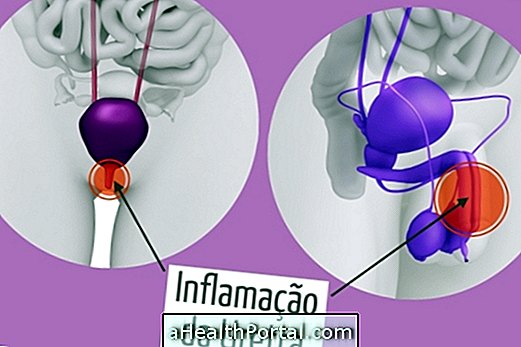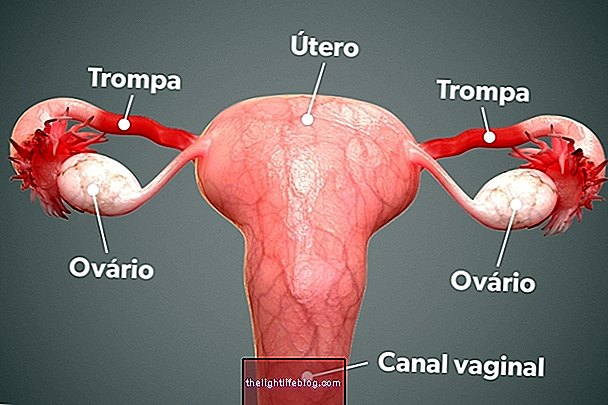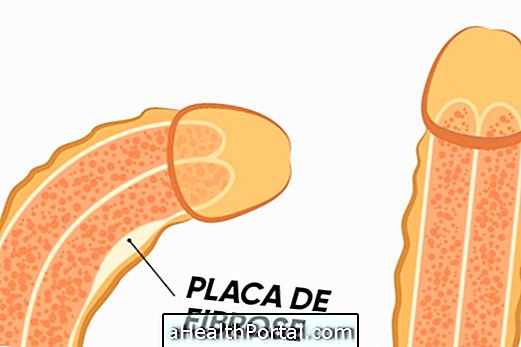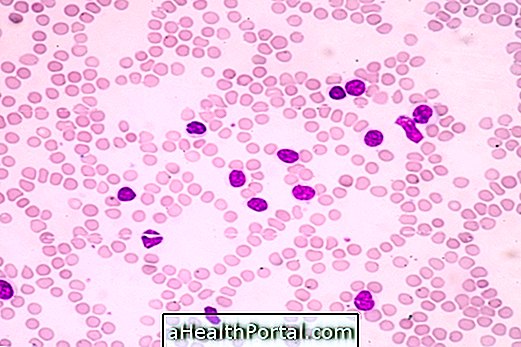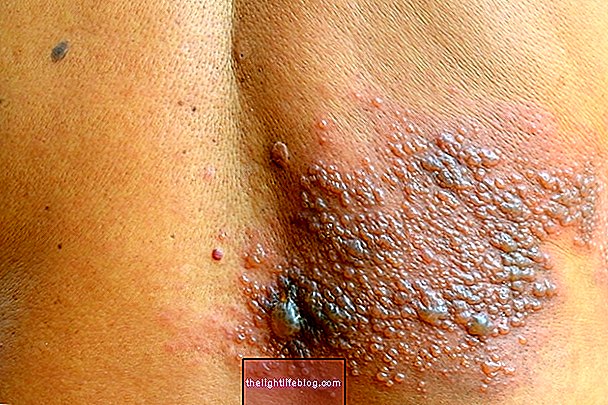Endometrial hyperplasia consists of increasing the thickness of the tissue lining the uterus internally due to excessive exposure to estrogen, which may occur in women who do not ovulate every month or who are undergoing estrogen-only hormone replacement therapy.
Endometrial hyperplasia is not always related to cancer, but there is a risk, and women who are more likely to develop endometrial cancer are those who, in addition to being exposed to estrogen, are also obese, diabetic, or suffering from liver disease or kidneys.
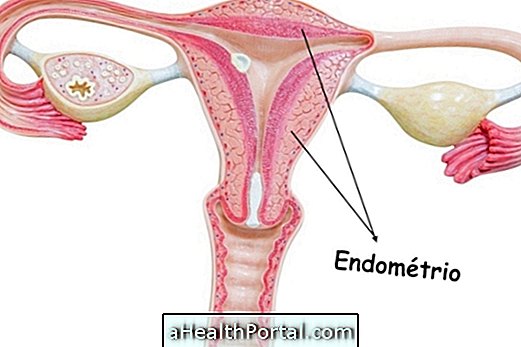
What are the symptoms
Symptoms that may occur in women with endometrial hyperplasia include abnormal uterine bleeding, abdominal pain and colic, and a slight increase in the size of the uterus seen by ultrasound.
The diagnosis of endometrial hyperplasia can be made by observing the symptoms presented and confirmed by transvaginal ultrasonography. Learn what transvaginal ultrasound is and how it is performed.
Possible causes
Endometrial hyperplasia is caused by excessive exposure to the estrogen hormone and this can occur when the woman does not ovulate every month because of polycystic ovary syndrome during a hormone replacement therapy using only the estrogen hormone or if the woman has had a tumor in the ovary.
The highest risk of developing endometrial hyperplasia occurs between 40 and 60 years of age.
How is the treatment done?
Treatment for endometrial hyperplasia will depend on the type of hyperplasia a woman has and its severity, but therapeutic options include curettage of endometrial tissue or use of medications such as progesterone or synthetic progestins by oral, intramuscular or intrauterine routes.
After the treatment, a biopsy of the endometrial tissue is advised to verify the success of the treatment.
Main types of hyperplasia
The main types of endometrial hyperplasia are:
Simple hyperplasia of the endometrium
Simple endometrial hyperplasia is characterized by thickening of the less severe endometrial tissue that can be treated only with the use of medications and with accompanying imaging examinations every 6 months or year by year.
Cystic hyperplasia of the endometrium
Cystic endometrial hyperplasia generates a "Swiss cheese" appearance on the inner walls of the uterus and treatment can be done with the use of medications and curettage, but in more severe cases, it may be related to endometrial cancer.
Focal hyperplasia of the endometrium
Focal hyperplasia of the endometrium generates endometrial polyps that develop as a form of localized growth, extending through the functional layer. With this abnormal growth the polyps project into the uterine cavity, thus narrowing the normal size of the uterus.
Atypical endometrial hyperplasia
The atypical endometrial hyperplasia is a slightly more severe endometrial lesion than the previous ones and may be related to the development of endometrial cancer, its treatment will vary depending on the staging of the disease, but may include the need for removal of the uterus.
